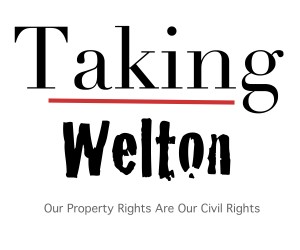Eminent domain and receivership to “cure” habitual nuisances
“One of the people that Suzanne works with doesn’t live that far from us–about one mile away, but south, much closer to Kennedy Street–which is one of the problem streets in our greater neighborhood, so the quality of life for her family is much different, because they have nuisance properties on the block (one vacant, in another the resident is engaged in prostitution, but she goes over to the vacant house, etc.), nuisance neighbors, and terrible luck–the most recent being a stolen car ran into their sidewall (they live at the end of a block of rowhouses, abutting an alley) doing significant damage to the masonry.
The stories remind me of how f*ing hard it used to be to live north of H Street NE back in the day–the burglaries, muggings, assaults (the car we rented for our honeymoon was stolen), etc. that I experienced, the crime in general, the murders and drug sales in the area, etc. I stuck it out but my ex-wife didn’t and frankly, it takes way too much energy to have to deal with it. I don’t have the energy to live in such conditions now.
It also reminds me of the critical mass of “revitalizers” being necessary to turn around problem areas. See “Revitalization in stages.”
Receivership statutes. In talking over the latest b.s. that Suzanne’s colleague is dealing with, I mentioned receivership as a needed option in DC–because it takes years and years and years to force changes with recalcitrant property owners and how I used to testify a lot recommending that the city enact receivership statutes to facilitate this (“Receivership for housing,” “”Why I hate DC” or the appropriate tactical strategy to apply to nuisance properties/ disinvestment is investment, not demolition,” and “Pennsylvania passes receivership law with regard to vacant/nuisance properties”) comparable to the State of Ohio.
Instead, DC’s property abatement laws and regulations are incredibly complicated and put too much responsibility on the city government to act, when typically government agencies aren’t supple enough and have a limited number of tools to work with when it comes to individual properties.”
Layman, Richard. Urban Places and Spaces 22 July 2014.
